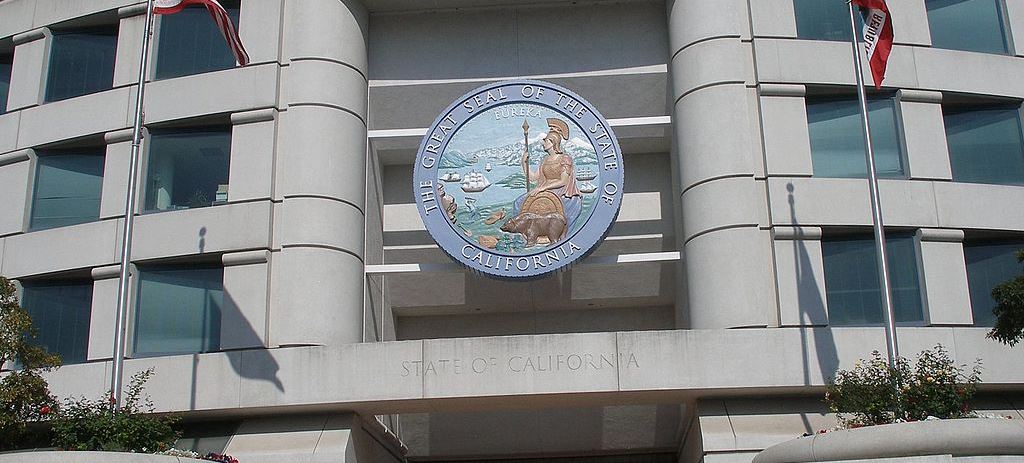The California Public Utilities Commission proposed and decided upon some measures to make the “equity resilience” energy storage subsidy more equitable — after it was used in an unintended manner.
Much of the $612 million “equity” and “equity resiliency” incentive for low-income, vulnerable customers and critical facilities in high-risk fire threat areas or those affected by public safety power shutoffs had been used up by customers using electricity for well pumps at second-homes.
As pv magazine has reported, the Equity Resiliency incentive level is set at $1,000/kWh, which is enough to almost completely cover the installation of a storage system. But instead, “We were seeing some second-home residents receive the hefty grants, which pay the full cost of battery storage and solar cells to charge the units,” said CPUC Commissioner Clifford Rechtschaffen, in RTO Insider.
The fix
The latest proposal moves more than $100 million to the equity program from SGIP’s large-scale storage budget and “revises and clarifies eligibility requirements” by providing an allowable income range for subsidy recipients from the equity resiliency budget:
- “Require equity resiliency budget electric pump well customers to also demonstrate a single family household income no greater than 80% of area median income or that a multi-family building is either located in a disadvantaged community or demonstrates that at least 80% of building households have incomes at or below 60% of area median income.”
The new proposal also adds some retroactivity.
- Requiring the revisions to D.20-01-021 adopted in this decision to apply to all equity resiliency budget applications submitted August 17, 2020 that have not yet been issued a“confirmed incentive reservation”as of the date of Commission adoption of this decision, balances our desire to ensure that limited available incentive funds are provided to those customers with the greatest need.
The proposal also requires “an attestation stating that the storage installation site is a primary residence occupied by a homeowner or tenant.”
Industry and CPUC feedback
The California Solar and Storage Association “strongly objects to retroactive changes to customer programs, which undermine companies’ faith in California’s distributed energy programs. Storage developers, including many small businesses across the state, invested thousands of dollars and countless staff hours identifying eligible customers, designing projects, and learning SGIP’s complex application process for projects that complied with the program’s rules at the time and that will now be rescinded. That said, CALSSA appreciates the CPUC’s reconsideration of the original proposed decision and the compromise they adopted in response to the concerns raised by CALSSA and our members.”
Rechtschaffen of the CPUC said, quoted in RTO, “In hindsight, given this surge of applications by well customers, it would have been better to limit the program to low-income customers from the outset. We are making that adjustment now.”
“I think it’s somewhat unfortunate that the developers have focused so much of their attention on signing up well customers … as opposed to focusing on medical baseline or low-income residential customers,’ Rechtschaffen said.
The SGIP
The SGIP is a long-time, generous subsidy established by California’s PUC to support distributed energy resources, contribute to GHG emission reductions, demand reductions, and reduced customer electricity purchases. It provides one-time, upfront rebates for distributed energy systems on the customer’s side of the utility meter.
The lucrative program has gone through enormous changes since its creation as a peak-load reduction program after the California energy crisis in 2001. The old program was heavy on generation and had an inordinate fondness for fuel cells.
The 2020 SGIP is a different animal — it’s a stark response to California’s wildfires and Public Safety Power Shutoffs (PSPS) with 80% of its SB 700 funds devoted to energy storage, along with a marked emphasis on providing resiliency for vulnerable Californians in vulnerable locations.
The 2020 SGIP guide from the California PUC is here. The breakdown from Energy Toolbase is here.
Utility customers pay for the program through a charge on their electric bills. PG&E’s residential customers pay about $5.00 per year, industrial customers pay an average of $3600 per year, according to the CPUC.
This content is protected by copyright and may not be reused. If you want to cooperate with us and would like to reuse some of our content, please contact: editors@pv-magazine.com.








By submitting this form you agree to pv magazine using your data for the purposes of publishing your comment.
Your personal data will only be disclosed or otherwise transmitted to third parties for the purposes of spam filtering or if this is necessary for technical maintenance of the website. Any other transfer to third parties will not take place unless this is justified on the basis of applicable data protection regulations or if pv magazine is legally obliged to do so.
You may revoke this consent at any time with effect for the future, in which case your personal data will be deleted immediately. Otherwise, your data will be deleted if pv magazine has processed your request or the purpose of data storage is fulfilled.
Further information on data privacy can be found in our Data Protection Policy.